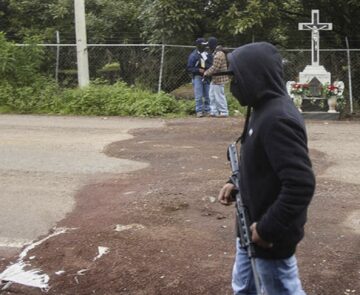Robert Muggah at Project Syndicate:
 Transnational organized crime is a paradox: ubiquitous yet invisible. While criminal tactics evolve rapidly, government-led responses are often static. When criminal networks are squeezed in one jurisdiction, they rapidly balloon in another. Although the problem concerns everyone, it is often considered too sensitive to discuss at the national, much less the global, level. As a result, the international community – including the United Nations and its member states – lacks a coherent and coordinated strategy to address it.
Transnational organized crime is a paradox: ubiquitous yet invisible. While criminal tactics evolve rapidly, government-led responses are often static. When criminal networks are squeezed in one jurisdiction, they rapidly balloon in another. Although the problem concerns everyone, it is often considered too sensitive to discuss at the national, much less the global, level. As a result, the international community – including the United Nations and its member states – lacks a coherent and coordinated strategy to address it.
That needs to change. Cross-border organized crime constitutes a major threat to peace, security, human rights, governance, the environment, and sustainable development. According to the Global Initiative Against Transnational Organized Crime, over 80% of the world’s population resides in countries with dangerously high levels of criminality. But, while there appears to be growing awareness of the problem, responses are still reactive, fragmented, and under-funded.
Transnational organized crime – from drug trafficking and people smuggling to the sale of counterfeit goods and cybercrime – reaches into most cities, neighborhoods, and homes. In the United States, over 90% of the $1 banknotes in circulation are tainted by residual traces of cocaine and other drugs.
More here.
Enjoying the content on 3QD? Help keep us going by donating now.
